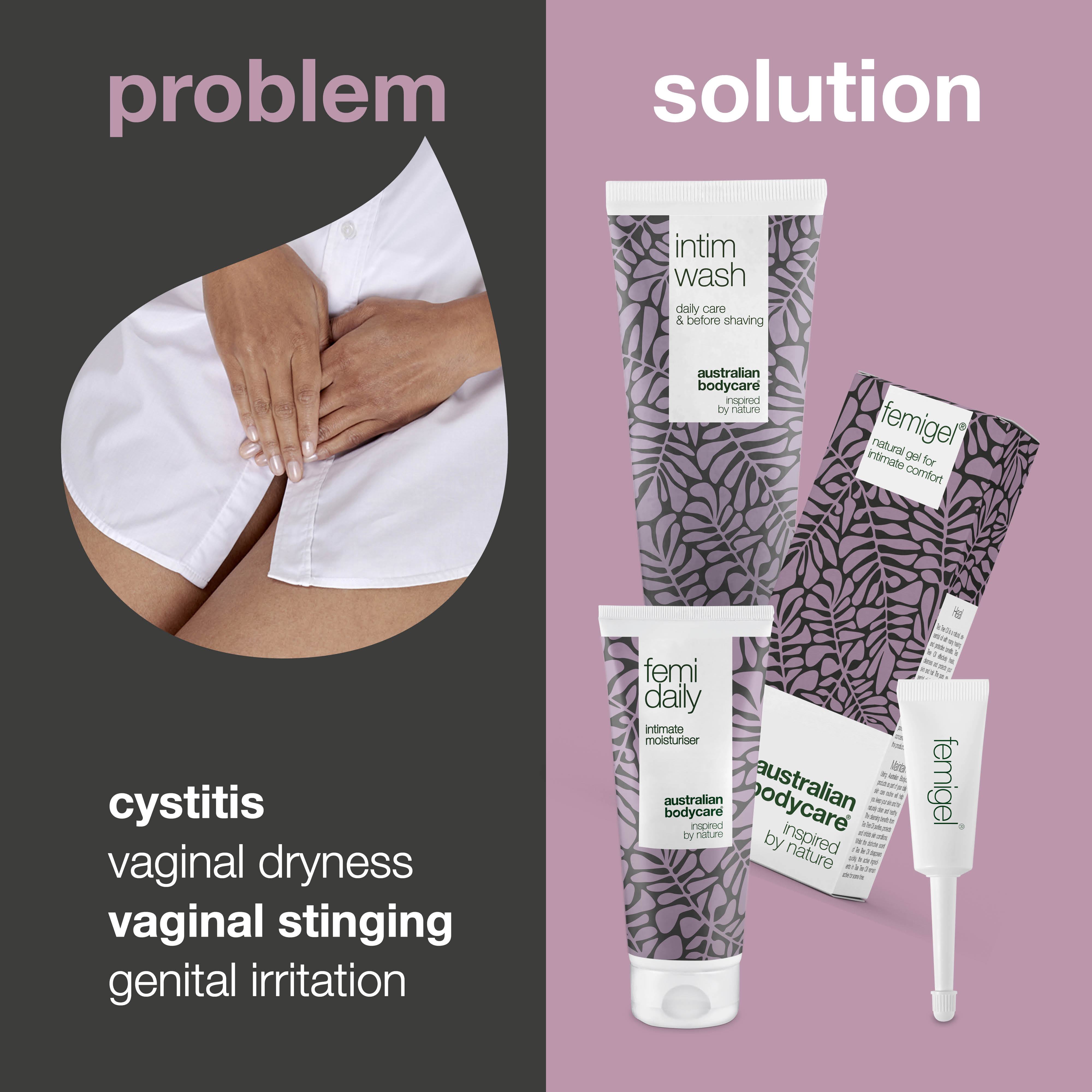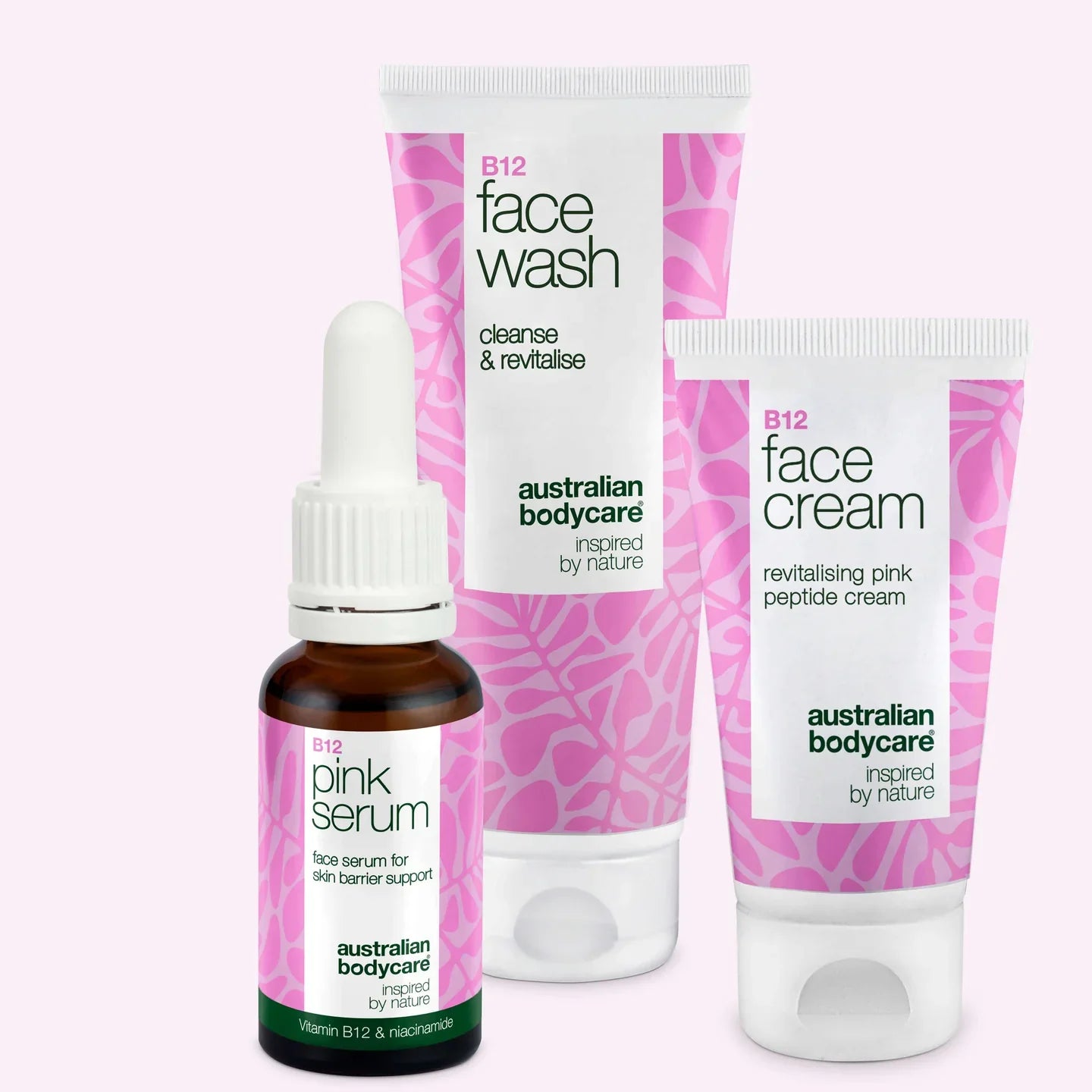Penile Yeast Infections – Guide to Treating Penile Fungus
Fungal infections on the penis can be quite uncomfortable and should always be treated. In this guide you can read more about the symptoms of penile yeast infections and what causes it.
You can also find great information on how to treat it.
Table of contents
Typical Symptoms of Penile Yeast Infections:
- Red skin around the penis head.
- Swelling in the penis head.
- Sweating, itching and irritation around the penis head.
- Discharge under the foreskin, which is usually smelly, white, thick and lumpy (like cottage cheese).
- Difficulty pulling the foreskin back.
- Pain when urinating and during intercourse.
Penile fungal infections typically begin with a red and itchy rash that may also sting and hurt. It is not uncommon to see small red spots on the head too. The skin may also start to peel.
If you have a penile fungal infection, it is in fact more accurate to describe it as a fungal infection of the penis head, as this is where you will notice all the symptoms such as the red dots, itching, and feel burning sensations.
When your body undergoes changes or suffers an infection, it is uncomfortable to put up with these symptoms. You should always respond and treat these symptoms rather than putting up with the burning, itching, swelling etc.
Fortunately, these symptoms (including the red dots on the head and shaft of the penis) rarely point to a more serious condition.
However, it is always a good idea to stay safe and have a doctor examine your penis.
What are Penile Fungal Infections?
Yeast infections on the penis are a fungal infection not a sexually transmitted diseases.
Penile fungal infections are caused by the yeast fungus Candida Albicans. This fungus is found naturally throughout the body and usually doesn’t cause any problems.
However, it can cause problems if it is allowed to grow and infect, which can happen if for example you have an impaired immune response because of another illness or drug treatment.
Genital fungus is a common term for a fungal infection in the intimate area of both men and women; In men, there is a fungal infection on the head of the penis, in women it is a fungal infection within the vagina.
The medical term for penile fungal infection is candidiasis.
Treatment for Penile Fungal Infections
It is unpleasant and often worrisome to have a penile fungal infection. The good news, however, is that it’s not dangerous and it can be treated relatively easily.
If you have a penile fungal infection, you should always seek treatment. Partly to soothe the symptoms and partly to ensure the fungus does not spread to other parts of the body or other people.
The most common treatment for penile fungal infections is a fungicidal cream or gel, available at the pharmacy or in high-street health stores.
The cream should be used a few times every day. Usually you will notice an immediate difference after just a day or two of using the treatment.
Effective Remedies for Itching, Burning and Irritation
There are several effective remedies for itching, stinging and irritation on the penis that you can buy without visiting a doctor.
For example, Australian Bodycare has formulated a gel for irritation and itching on the penis. It contains Tea Tree, a natural ingredient known to soothe itching and skin irritation, as well as counteracting bacteria.
The Australian Bodycare gel can:
- Work against skin irritation. The skin on the head of the penis is often red, irritated and swollen.
- Keep the skin healthy. Once the itching, burning and irritation is remedied, you can use an effective and skin-friendly product that’s designed for use on intimate areas.
- Remove itching and irritation. In addition to the visible red spots on the penis, itching and skin irritation is one of the worst symptoms of penile fungal infections. The gel is very effective at soothing all irritations.
- Remove unpleasant odours. Penis irritation can lead to a thick and white discharge that can be quite odorous and annoying. The gel alleviates any unpleasant odours.
- Remove unwanted bacteria. Tea Tree is known to counteract bacteria. The gel therefore helps to restore balance by removing the “bad” and unwanted bacteria from the skin.
- Prevent dry and peeling skin on the penis. The gel works effectively against the usual symptoms including skin irritation, itching, odour etc. However, it also ensures that the skin is nourished and moisturised so that it doesn’t dry out and peel.
Go to The Doctor and Get It Checked Out
It is advisable to seek medical if this is your first time experiencing symptoms of penile fungus.
It is always important to be sure that it’s a fungal infection and not another condition.
Certain genital diseases, such as herpes and genital warts, can present symptoms that look similar to penile fungal infections.
If you suspect that you have been infected with a sexually transmitted disease you should go to your doctor immediately. You should also visit your doctor if you experience a persistent on your penis.
In case of a fungal infection the doctor will give you a prescription for fungicidal medication. This is normally a cream to be rubbed on. If the cream doesn’t help, the next step will typically be a tablet treatment.
If you have had penile fungus before and know the symptoms you can self-diagnose and buy fungicidal medicines yourself at the pharmacy. However, if these treatments are ineffective once applied you should go to the doctor for an examination.
If you have a weakened immune system, you should always consult your doctor if you suspect a fungal infection, regardless of where the infection is located.
In a person with a weakened immune system there is an increased risk that a fungal infection may develop further and spread to other organs, so it is important to let the doctor assess it.
How Do You Prevent Penile Fungal Infections?
If you have a penile fungal infection it’s important to get it treated, but it’s also worth thinking about how to prevent it from coming back in the future.
You can prevent penile fungus by:
- Using a condom if your partner has a fungal infection.
- Ensuring that you and your partner are treated for fungal infections.
- Using a good intimate soap when washing your penis.
- Drying the penis and genitals thoroughly after washing.
- Avoiding wearing tight underwear and pants and avoid underwear made of a synthetic material.
Bonus tip: Many men experience itching and irritation on the penis after sex. This is due to foreign bacteria from your sexual partner. Intim Glide can be used to prevent this after sex. When using Intim Glide, you counteract bacteria, thus avoiding itching and irritation on the penis after sex.
Why Do You Get Penile Fungal Infections?
We have fungi and bacteria everywhere in and on the body. It sounds strange but it’s in fact quite normal. As long as the fungi and bacteria are not allowed to multiply out of balance, they do not bother us.
When we get a fungal infection, it’s always due to a fungal overgrowth. The fungus has simply been provided with good growing conditions and has not been kept down as normal by the other bacteria we have on our skin.
This usually occurs because of a weakened immune system. When our immune system is weakened, fungi and bacteria are provided with good growing conditions.
For example, the immune system may be impaired due to treatment for an unrelated illness with antibiotics or other medicines, or because of stress or a bad diet.
People with diabetes also have an increased risk of developing a fungal infection. Increased sugar levels in the blood will result in increased sugar excretion through the urin and thus provide good growth conditions for the fungi to thrive.
Fungi thrive especially well in hot and humid environments therefore areas like feet, armpits and genitals are particularly prone to fungal infections.
Penile fungal infection can occur simply because the area is moist and hot. Therefore, it’s important that you always make sure to dry yourself thoroughly after a bath or shower, and that you do not wear tight underwear made of synthetic materials that lock in moisture and heat.
Is Penile Fungus Contagious?
Penis fungus is not a fungal disease, it is a fungal infection, and in many cases fungal infections can spread from person to person.
This also applies, for example, to foot fungus. If you have had a penile fungal infection, you may have been infected by a contagious partner.
Vaginal fungus is one of the most contagious fungal infections. Penile fungus, on the other hand, is not particularly contagious.
Generally, women with vaginal fungal infections can infect men with fungus, while men with penile fungal infections will not be able to infect women.
However, it is important that both parties are treated – otherwise you can continue to contaminate each other back and forth.
Penile fungal infections can infect the mouth. This will give your partner fungus in their mouth and on the tongue, which is known as oral thrush. Always remember, for safety, to treat a fungal infection on the penis.
FAQs About Penile Fungal Infections
What does penile fungus look like?
The typical symptoms of penile fungus are red, raised and irritated skin, red spots on the penis head, burning and itching, pain when urinating and during sex, and a white, thick, lumpy and smelly discharge under the foreskin.
How do you treat a penile fungal infection?
If you have a penile fungal infection it should always be treated to relieve the symptoms and ensure the fungus does not spread elsewhere on your body. The treatment typically consists of a fungicidal cream or gel that is applied to the affected area. Both creams and gels are available for purchase at the pharmacy. If these treatments do not work the solution may be a tablet treatment.
Will a penile fungal infection just go away?
Penis fungi will rarely go away by themselves, so you should seek treatment as soon as you notice the symptoms. If you have any doubts as to what the symptoms you have are, consult your doctor for a check-up.
How long does it take to treat penile fungal infections?
Usually it doesn’t take too long to treat penile fungus. In many cases you will notice a difference after the first application of the cream or gel. However, you should continue treatment a little while after the symptoms have disappeared, so you are sure the fungus is completely gone.







